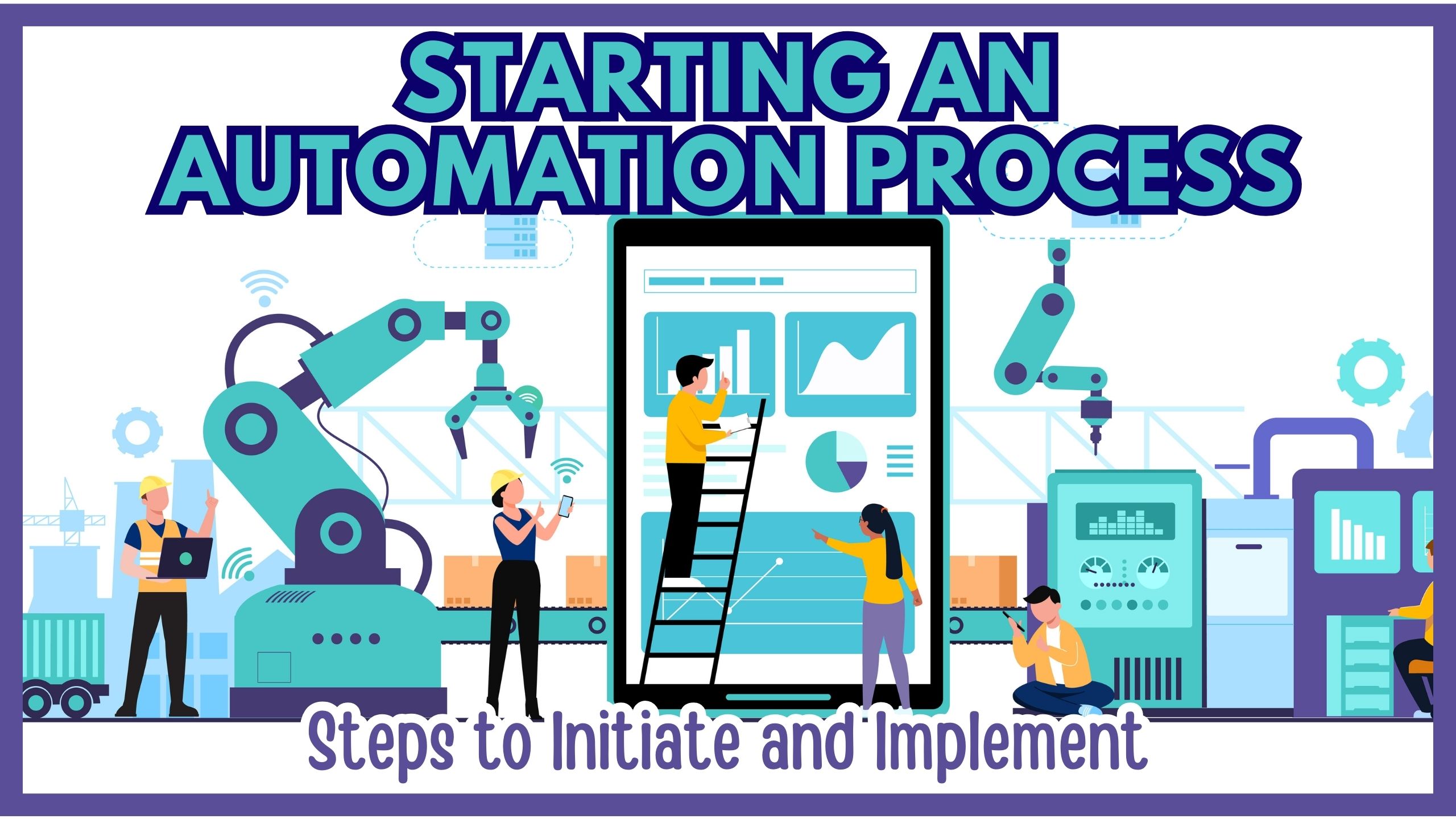Starting an Automation Process: Steps to Initiate and Implement
-


Starting an Automation Process: Steps to Initiate and Implement
Automation is the key to unlocking efficiency and productivity in your business processes. In this comprehensive guide, we’ll walk you through the crucial steps to initiate and implement an automation process that transforms the way you work.
1. Assess Your Business Needs
Understanding your business requirements is the first step towards successful automation. Identify repetitive tasks, bottlenecks, and areas that can benefit from streamlined processes.
2. Choose the Right Automation Tools
Selecting the right SaaS tools is pivotal for successful automation. Explore the following recommendations:
- Zapier: Connect your favorite apps, automate workflows, and enhance productivity seamlessly.
- Airtable: A flexible collaboration platform that combines the simplicity of a spreadsheet with the complexity of a database.
- Trello: Organize tasks and projects using boards, lists, and cards, fostering collaboration and project management.
- Asana: Simplify team collaboration and project management, ensuring tasks are completed efficiently.
- Jira: Streamline software development processes and project management with Jira’s powerful features.
3. Plan and Design Workflows
Map out your processes and design workflows that align with your business objectives. Ensure that the automation flows seamlessly without disrupting existing operations.
4. Implement Gradually
Introduce automation gradually to allow your team to adapt. Start with smaller processes, gather feedback, and refine your workflows before scaling up.
5. Monitor, Analyze, and Optimize
Regularly monitor automated processes, analyze performance metrics, and optimize workflows for continuous improvement. Stay agile and be ready to adapt to changing business needs.
Conclusion
Embarking on an automation journey can revolutionize the way your business operates. By following these steps, you lay the foundation for a streamlined and efficient workflow that contributes to overall success.
Unlock Exclusive SaaS Deals with Subscribed.fyi
Ready to enhance your automation process further? Subscribed.fyi offers exclusive deals on a variety of SaaS products. Sign up for free today and take the first step towards maximizing your business efficiency.





